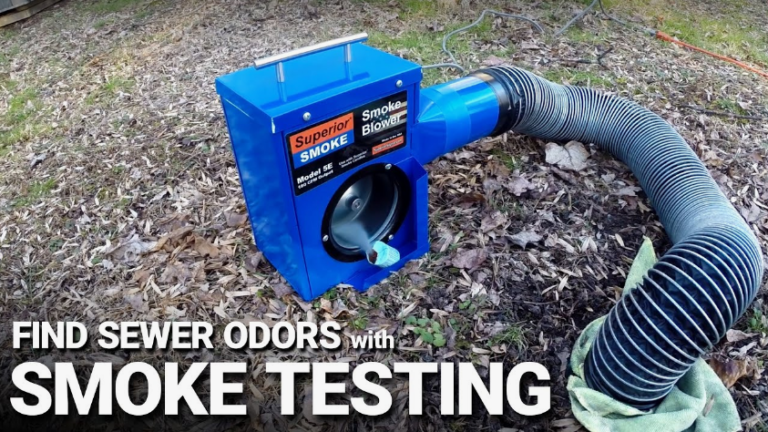Home Renovation & Waste Disposal: An Eco-Friendly Guide
It is of the utmost importance that, for the sake of conserving our natural resources, we identify solutions to the problem of waste generated by remodelling and construction that are friendly to the environment. In the following, we will take a closer look at some of the most efficient approaches that can be taken to combat the growing problem of waste that is generated during construction and renovation projects:
Hire A Skip
Hire a skip is an eco-friendly construction waste solution that efficiently collects and disposes of debris, materials, and non-hazardous waste, saving time and effort and promoting greener construction practices.
Selling or Donating
You should think about selling things that are still in good condition but have no use for anymore. You can also contribute to your community by giving these items to charitable organizations.
Recycling or Repurposing
Take advantage of recycling and repurposing options for recyclable and reusable materials. Numerous organizations, including AGC, CDRA, BMRA, and NDA, actively work towards reducing construction waste and can provide valuable guidance.
Thoughtful Planning
It is essential to carefully plan your renovation to reduce the amount of waste produced. Make it a priority to produce as little waste as possible, and among the waste that is produced, ensure that most components are recyclable or reusable.

Renting Roll-off Dumpsters
Renting a roll-off dumpster is an effective method for dealing with waste from more extensive home improvement projects. These containers are available in various dimensions, the most common ranging from 10 to 40 cubic yards. Nevertheless, check to see if your location has sufficient room to accommodate the dumpster or if you have the appropriate permission to place it on the roadside.
Employing a Construction Cleaning Crew
A construction clean-up crew can be beneficial, regardless of whether the task is residential or commercial. Dusting, removing debris, and even shining and polishing your construction appliances and hardware are all taken care of by them.
Investing in Collapsible Trash Bins
Regarding less significant home improvement projects, collapsible trash cans can significantly assist. However, You should be aware that you will need to purchase the bin and make arrangements with a pickup service to have the trash collected from it.
Preservation of Valuable Items
In the future, certain things from the past will be valued as vintage or antique treasures. As a result, it is prudent not to dispose of these valuable items but rather to store them carefully in preparation for the possibility that their value will increase in the future.
Embracing Upcycling
Reusing old materials in inventive new ways is what “upcycling” refers to. You can contribute to both the cause of sustainability and the cause of creativity by repurposing old items, such as candle jars, face masks that you make yourself, hand-painted pots, and planters made from tin cans. These kinds of projects can be made into functional or decorative pieces.
Utilizing Waste Management Equipment
Commercial trash compactors and chutes are necessary for effective waste disposal in high-rise buildings, which typically have limited space on each floor. This is because high-rise buildings are designed to house multiple stories.
Efficient Disposal by Material Type
Another effective method for the efficient and speedy disposal of waste from construction, demolition, and renovation projects is to sort the waste according to the type of material it is composed of. The following is a guide for dealing with certain materials:
Brick Disposal
To get rid of bricks, you can rent a roll-off dumpster or a truck and use either one. You could also hire a local junk removal company to clear the site, including removing bricks.
Concrete Disposal
To dispose of concrete, you can offer it for reuse to businesses that supply building materials or recycle it by employing services that provide skip bins. You can also hire a truck to remove the concrete from the site.
Untreated Wood Products Disposal
Wood that has not been treated in any way, including plywood and medium-density fiberboard (MDF), should be thrown away in landfills. You may require the services of a haulier to transport these items to the appropriate disposal centre.
Hazardous Construction Waste Disposal
Handling hazardous building waste requires special attention:
1. Waste Containing Mercury
When dealing with objects containing mercury, such as emergency lights, fluorescent lamps, thermometers, and smoke detectors, it is essential to avoid crushing or attempting to remove them. Instead, label them so they can be disposed of distinctly at a central location or a mercury recycler.
2. Waste Containing Lead
Waste containing lead should be collected separately, typically associated with paint and found on construction or renovation sites. For directions on the correct procedures for waste disposal, you should check with the solid waste agency in your area.
3. Asbestos Waste
There are two types of asbestos waste: those that are regulated and those that are not regulated. Waste that contains regulated asbestos must be securely packaged before being disposed of at a facility that has been granted a disposal license. In contrast, asbestos that does not contain regulations may be deposited in standard landfills.
In Conclusion:
Addressing the waste generated by remodelling and construction is not just a matter of environmental responsibility; it’s a crucial step toward conserving our natural resources. By implementing these strategies and being mindful of the type of waste generated. We can reduce the environmental impact of renovation projects while preserving valuable resources for future generations.





